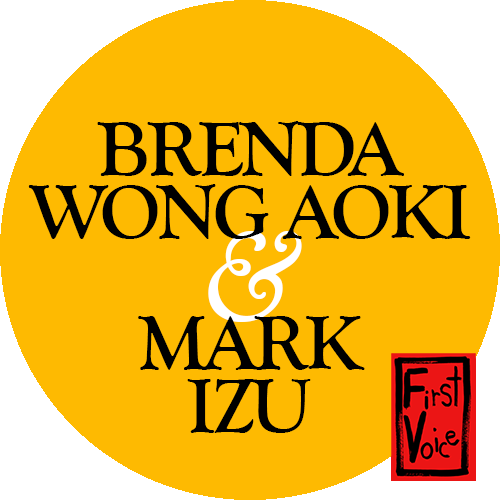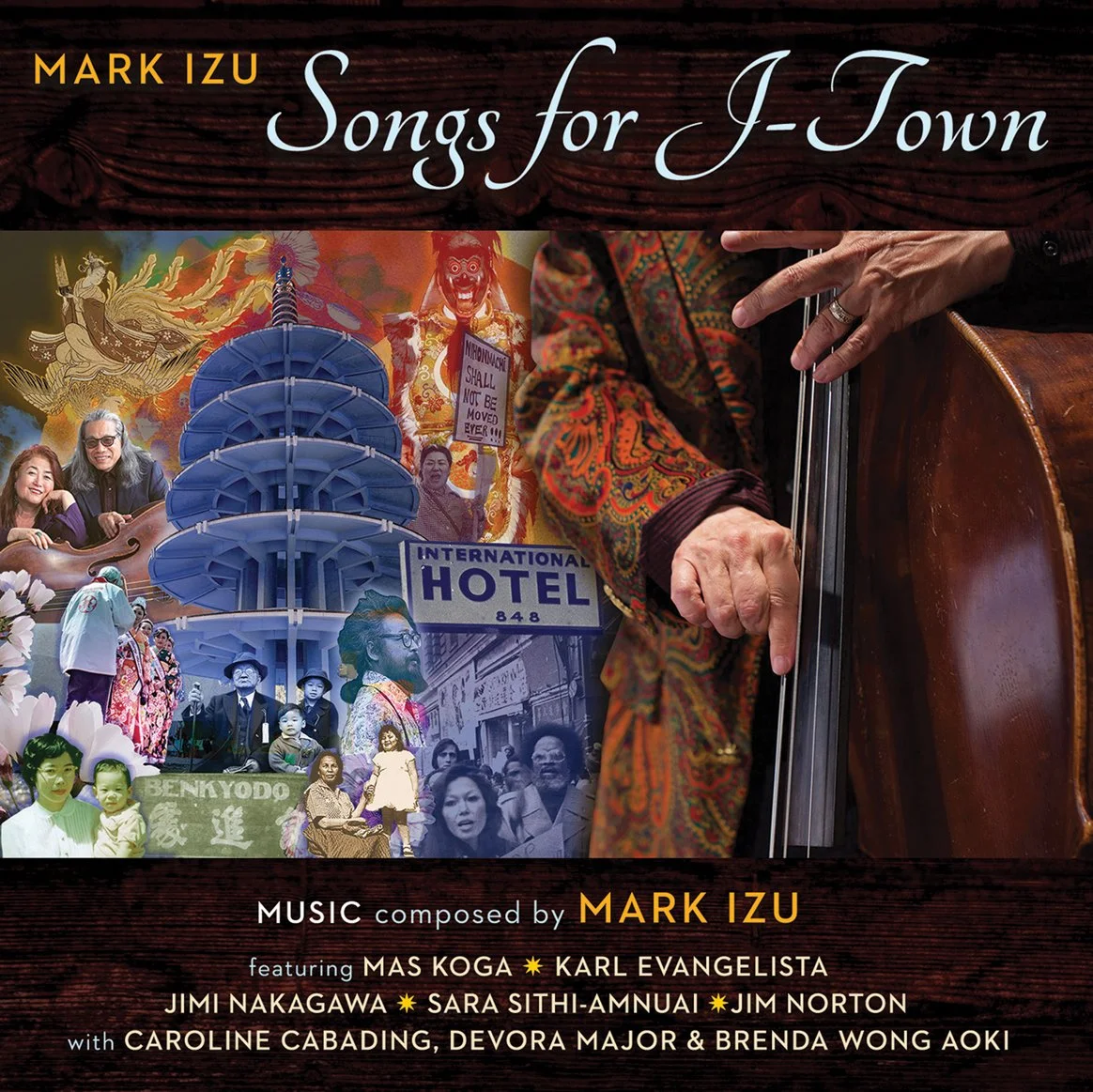Mark Izu | Recordings
Upcoming Release in 2025: The Music of Soul of the City
Chronologically
2013: The Music of MU
2011: Navarasa
2009: Legend of Morning Glory, Belly to Belly #4, Brenda Wong Aoki narrator, Mark Izu composer; First Voice begins working with IODA: the Independent On-Line Distribution Alliance
2008: Mermaid Meat: The Secret to Immorality book & C.D. of five Japanese Ghost Stories, Belly to Belly #1; Brenda Wong Aoki narrator, Mark Izu composer
2008: Threading Time, A new release by Asian Jazz composer Mark Izu - the culmination of a lifetime musical odyssey melding past & present, East & West. A rare recording featuring Japanese Imperial Court Master Gagaku Musician Togi Suenobu, Tabla Master Zakir Hussain, with Otsuzumi master, Okura Shonosuke and vocalist Yoko Fujimoto of KODO. Belly to Belly #2
2008: The Queen’s Garden, C.D. re-release Belly to Belly #3; Brenda Wong Aoki narrator, Mark Izu composer with Joe Perez on Saxophone
2008: Dragon Painter, silent film with Izu’s new score, DVD Milestone release
1999: The Queen’s Garden, C.D. Asian Improv Records
Awarded 1999 Indie Award - Best Spoken Word; Brenda Wong Aoki narrator, Mark Izu composer with Joe Perez on Saxophone
1998: Last Dance, CD Bindu Records
Grammy nominated Asian American Orchestra and the San Jose Taiko perform music composed by Mark Izu and featuring storyteller Brenda Wong Aoki about the imprisonment of American Japanese during World War II through oral history, poetry, 40’s Big Band sound and archival photographs from the Japanese American Historical Society.
1997: Black Hair: Some Japanese Ghosts, audiocassette Pele Productions
Brenda Wong Aoki narrator
1990: Tales of the Pacific Rim: Dreams and Illusions, C.D. Rounder Records, Indie Award - Best Spoken Word; Brenda Wong Aoki narrator, Mark Izu composer








The score for MU, written by Emmy-award winning composer Mark Izu, lifts off from his handwritten graphic notation, a melding of his love of jazz and ancient Japanese music, and the live improvisation of musicians who have worked together for years.
These include Izu playing the sho, an ancient Japanese court instrument which has 17 pipes and 15 reeds, and requires strong lungs to produce its haunting, atonal notes. The score also calls for three types of Japanese drum, a 13- and a 17-string koto, the shakuhachi bamboo flute and four Western instruments: the double bass, trap drums, saxophone and flute. Percussive sounds emit from a thumb piano, a beaded gourd, a Chinese opera gong filled with ball bearings and handcrafted drum mallets which, when rubbed on drums and koto strings, create a sad cry that strikes Izu as the sound of a whale crying.